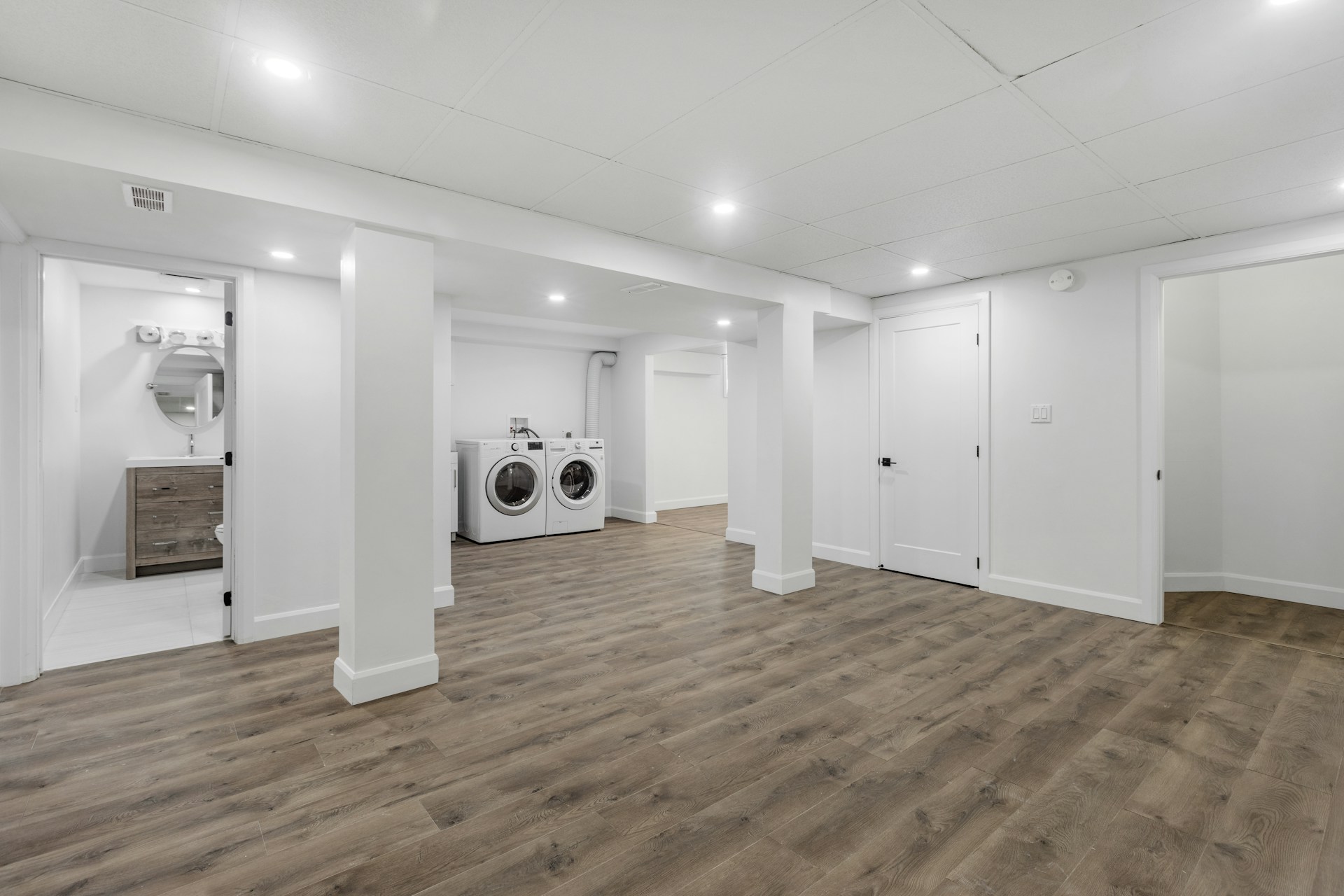Radon: the risks it poses and what to do about it
Radon is a colourless, odourless, radioactive carcinogenic gas that results from the gradual decay of uranium in soils and water. Only by testing can we find out what levels of it are seeping into and accumulating in our homes and workplaces.
One hundred residents of Rossland are taking advantage of the Radon Test Kit Challenge. The test involves leaving a radon sensing device in a suitable location in the home for about 100 days, then returning it for analysis. It will determine whether or not the home has levels of radon that are above, or below, the recommended maximum.
If the levels are above the maximum, then the homeowner can take advice on how to minimize the amount of radon seepage into the home.
The main risk: Lung cancer
Our geology means that homes in the Kootenays have a higher probability of dangerous levels of radon gas. The danger? The known danger is a higher risk of lung cancer; radon is the leading cause of lung cancer in non-smokers, and the second leading cause in smokers. It is not yet known whether radon causes other types of cancer.
Click this link to see the BC radon map by the BC Centre for Disease Control.
What to do? Test!
If you weren’t among the first 100 residents to apply for the free test kits, kits to test for radon can be purchased and sent in for analysis. Check the BC Lung Foundation for more information.
Another type of testing device is available from some public libraries; Rossland’s library had one, but a person borrowed it and has so far failed to return it. The Trail library may still have a unit available.
Mitigation
If your home is high in radon, there are professionals who can advise you on measures to take, and can do the work for you. To find one near you, click on this link and enter your search parameters; you’ll be looking for “mitigation” so be sure to enter that.
New Building Code requirements
The BC Building Code has changed so that all new home construction requires measures to prevent, or lower levels of, radon seeping into the home. Here’s a link to an explanatory bulletin about the new building code requirements.
The bottom line: Radon is dangerous. The best line of defense against it is testing, and if necessary, mitigation.

























